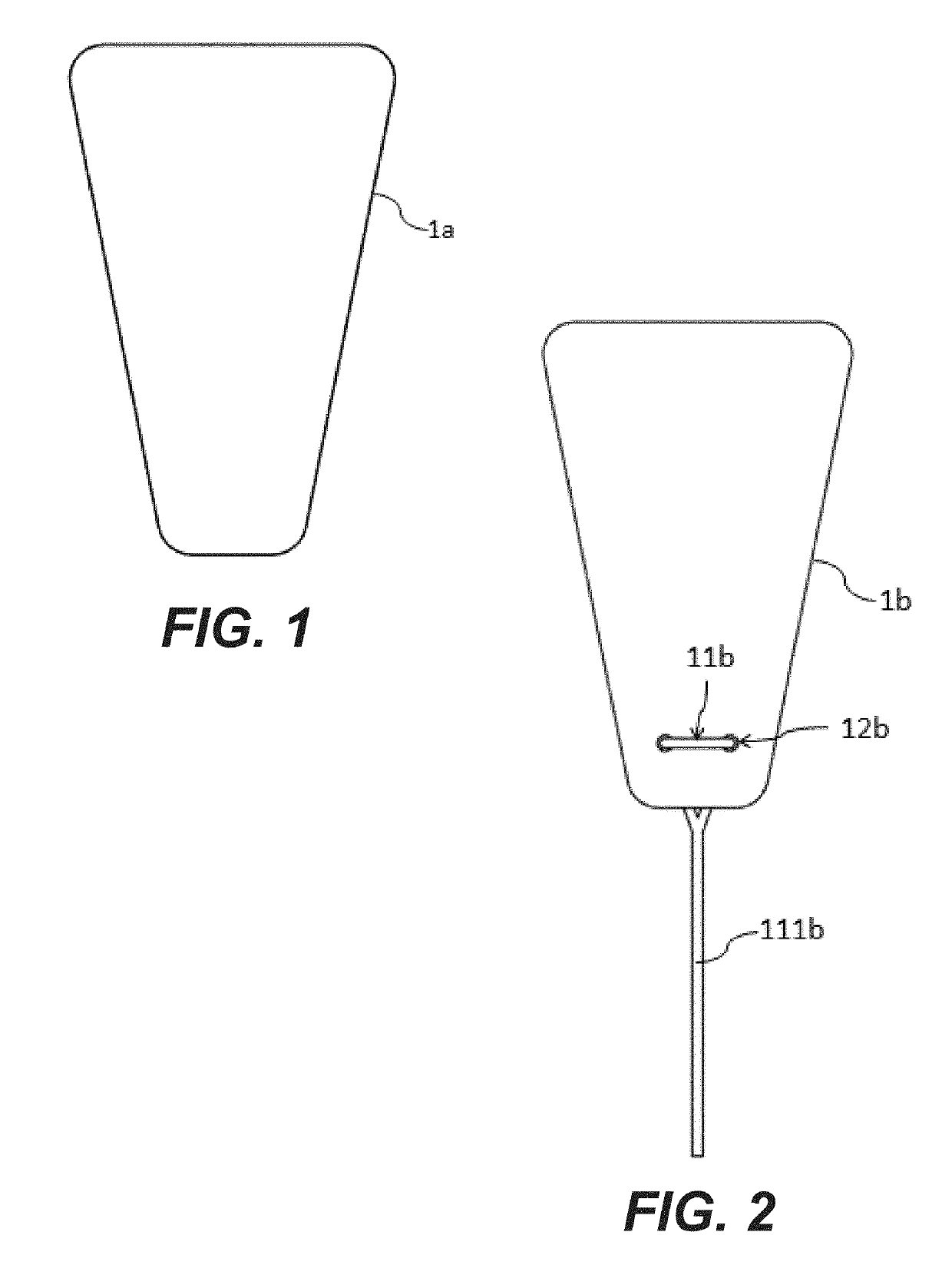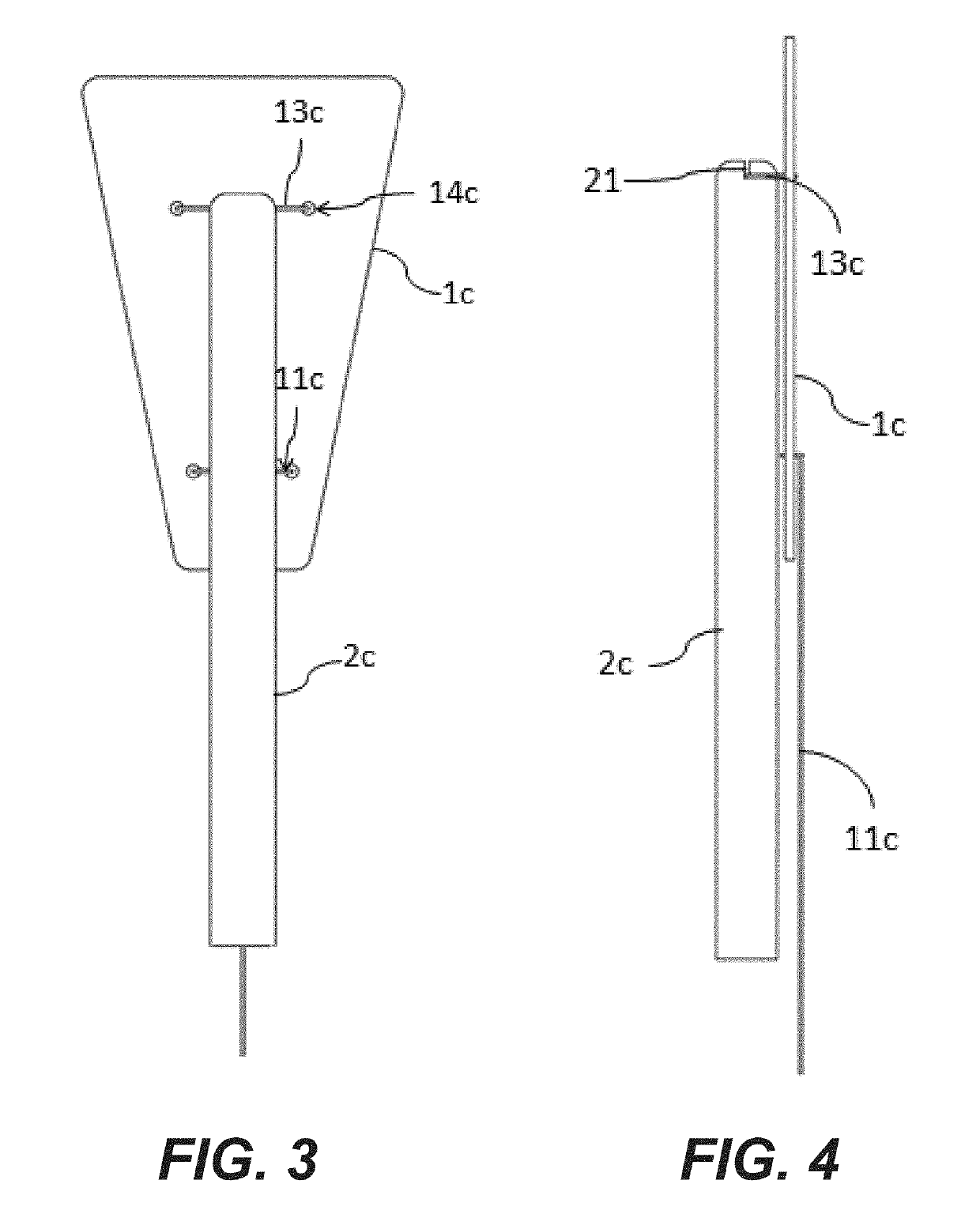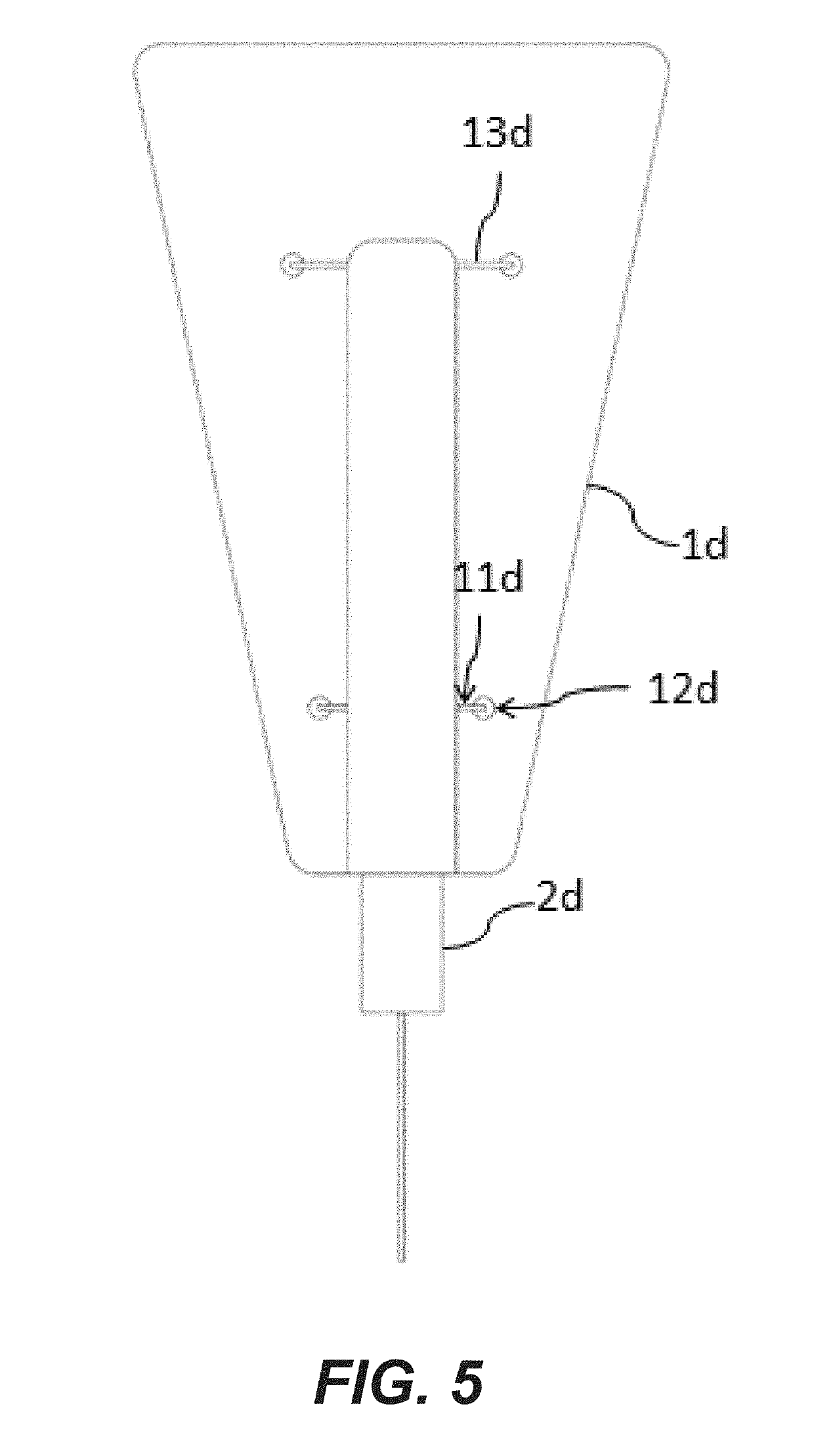Elastic sheet with function of re-activating endometrial basal layer in uterine cavity and forming method thereof
a technology of endometrial basal layer and elastic sheet, which is applied in the field of elastic sheet and elastic sheet, can solve the problems of endometrial fibrosis, intrauterine adhesion, and limited therapeutic effects of drug treatments on the above-mentioned diseases, and achieve the effect of restoring the normal endometrial structure and completely preventing adhesions
- Summary
- Abstract
- Description
- Claims
- Application Information
AI Technical Summary
Benefits of technology
Problems solved by technology
Method used
Image
Examples
example 1
[0109]A matrix-type elastic sheet formed by a kneading sample containing 25 mg of estradiol:
[0110]i. 1 g of 17β estradiol (average particle size 5,000 mesh), 30 g of HTV medical silicone rubber (molecular weight 20-100 million), 10 g of silica, 5 g of hydroxy silicone oil, 6 g of medical barium sulfate, 0.5 g of iron oxide red, and 2 g of benzoyl peroxide were kneaded to a uniform on a rubber mixer, and hot pressed on a flat vulcanizer to form a sheet having a thickness of 0.5 mm, and then cut into a desired shape to obtain a matrix-type elastic sheet.
[0111]ii. The content of the drug in the sample was calculated according to the volume. The sample was dissolved in PBS solution at 37° C. on a drug dissolution tester, and the dissolution content was measured by HPLC. The result showed that within 30 days, the maximum amount of drug dissolution was 400 μg / d in the first 3 days, and then the drug dissolution was gradually stabilized, wherein the average drug release in 30 days was 178 ...
example 2
[0113]A reservoir-type elastic sheet formed by a kneading sample containing 50 mg of estradiol:
[0114]i. 3 g of 17β estradiol (average particle size 2,000 mesh) and 30 g of RTV-2 medical silicone rubber were kneaded to a uniform on a rubber mixer, and hot pressed on a flat vulcanizer to form a sheet having a thickness of 0.2 mm, and then cut into a desired shape to obtain a matrix-type elastic sheet.
[0115]ii. A certain amount of HTV medical silicone rubber was weighted and hot pressed to form a film with a thickness of 0.1 mm. The matrix-type elastic sheet obtained in step i. was sandwiched between two films of 0.1 mm to form a sandwich pattern, which was melted in a mold. The edge was cut off to form a composite sustained-release sheet, that is, a reservoir-type elastic sheet, wherein the outer HTV films further controls the amount of released drug.
[0116]iii. The content of the drug in the sample was calculated according to the volume. The sample was dissolved in PBS solution at 37°...
example 3
[0118]A matrix-type elastic sheet formed by a kneading sample containing 100 mg of estradiol:
[0119]i. 5 g of 17β estradiol (average particle size 2,000 mesh), 30 g of HTV medical silicone rubber (molecular weight 20-100 million), 10 g of silica, 5 g of hydroxy silicone oil, 6 g of medical barium sulfate, 0.5 g of iron oxide red, and 2 g of benzoyl peroxide were kneaded to a uniform on a rubber mixer, and hot pressed on a flat vulcanizer to form a sheet having a thickness of 0.2 mm, and then cut into a desired shape to obtain a matrix-type elastic sheet.
[0120]ii. The content of the drug in the sample was calculated according to the volume. The sample was dissolved in PBS solution at 37° C. on a drug dissolution tester, and the dissolution content was measured by HPLC. The result showed that within 60 days, the maximum amount of drug dissolution was 760 μg / d in the first 3 days, and then the drug dissolution was gradually stabilized, wherein the average drug release in 60 days was 274...
PUM
| Property | Measurement | Unit |
|---|---|---|
| length | aaaaa | aaaaa |
| thick | aaaaa | aaaaa |
| thick | aaaaa | aaaaa |
Abstract
Description
Claims
Application Information
 Login to View More
Login to View More - R&D
- Intellectual Property
- Life Sciences
- Materials
- Tech Scout
- Unparalleled Data Quality
- Higher Quality Content
- 60% Fewer Hallucinations
Browse by: Latest US Patents, China's latest patents, Technical Efficacy Thesaurus, Application Domain, Technology Topic, Popular Technical Reports.
© 2025 PatSnap. All rights reserved.Legal|Privacy policy|Modern Slavery Act Transparency Statement|Sitemap|About US| Contact US: help@patsnap.com



